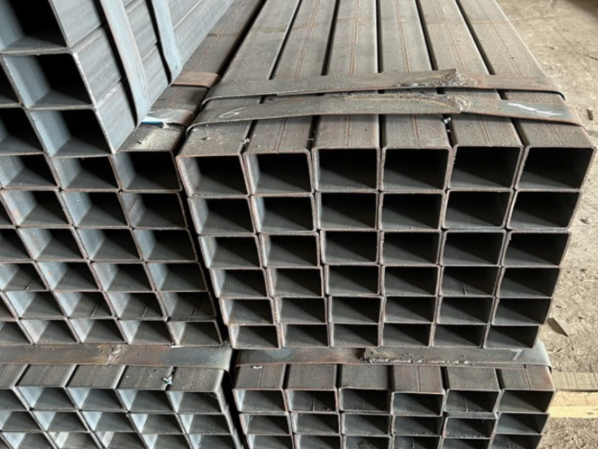There are mainly five methods for detecting surface defects of square tubes (SHS):
1. Eddy current testing
There are many forms of eddy current testing. Commonly used ones include conventional eddy current testing, far-field eddy current testing, multi-frequency eddy current testing and pulsed eddy current testing. Eddy current sensors are used to sense metal. Different types and shapes of defects on the surface of square tubes will produce different type of signal.
Its advantages are high detection accuracy, high detection sensitivity and fast detection speed. It can detect the surface and sub-surface of the pipe to be inspected and is not affected by impurities such as oil stains on the surface of the square pipe to be inspected . The disadvantage is that it is easy to judge non-defective structures as defects, the false detection rate is high, and the detection resolution is not easy to adjust.

2. Ultrasonic testing
When ultrasonic waves are used to enter an object and encounter defects, part of the sound waves will be reflected. The transmitter and receiver can analyze the reflected waves and abnormally detect defects. Ultrasonic testing is often used for forging inspection. It has high flaw detection sensitivity, but it is not easy to inspect pipes with complex shapes. It requires the surface of the square pipe to be inspected to have a certain smoothness, and the coupling agent needs to be filled to fill the gap between the probe and the surface to be inspected.
3. Magnetic particle detection
The principle of magnetic particle detection is to realize a magnetic field in the square tube material. According to the interaction between the leakage magnetic field at the defect and the magnetic powder, when there are discontinuities or defects on the surface and near the surface, local Distortion of the magnetic field lines will occur at the discontinuity or defect. Produce magnetic poles. Its advantages are low equipment investment, high reliability and intuitiveness. The disadvantages are high operating costs, inability to accurately classify defects, and low detection speed.
4.Infrared detection
Through the high-frequency induction coil, an induced current is generated on the surface of the square tube. The induced current will cause the defective area to consume more power and cause the local temperature to rise. The local temperature is detected through infrared rays to determine the depth of the defect. Infrared detection is generally used for defect detection on flat surfaces and is not suitable for detecting metals with uneven surfaces.
5. Magnetic flux leakage detection
The magnetic flux leakage testing method for square tubes is very similar to the magnetic particle testing method, and its scope of application, sensitivity and reliability are stronger than those of the magnetic particle testing method.
Go here to learn more about ASTM A500 square tube and Square tube sizes.


